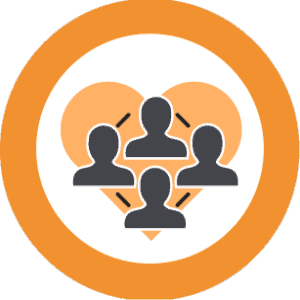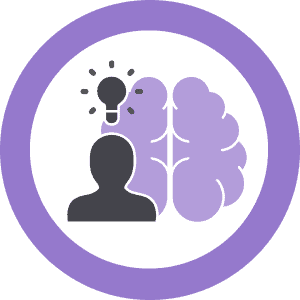Phase 1: Getting Ready (Auditing & Baseline)
We have compiled a series of resources to help you navigate this phase of your journey. We recommend you explore the contents of this page in this order:
District Leadership through the Domains of the UDL-SICC
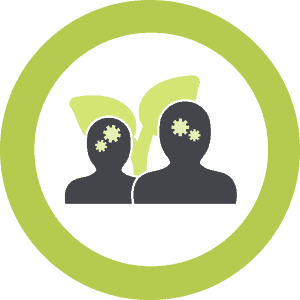
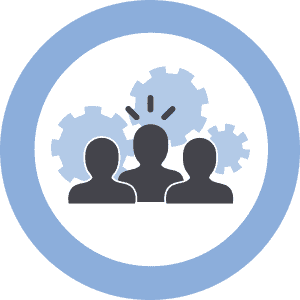
Driving Questions and Suggested Steps
What type of district do we want to be?
- Gather a representative community to either create a district vision and mission or revise district vision and mission that centers around inclusion, equity, and human variability.
-
a. Tie these efforts to the “why” of UDL. The moral, equity, and justice based frame to UDL helps drive the rationale behind your district’s change efforts.
What type of district are we right now?
- Gather baseline data related to the level of equity, inclusion and senses of belonging students and staff members have in your schools. Also assess staff members' baseline knowledge of UDL looking for early adopters. These may include, but are not limited to:
- Student/staff surveys
- Structured interviews of students, staff, and community members
- % of students spending 80% of their time in LRE
- EL programmatic design
- Student discipline policies
- District and school site school improvement planning processes.
- Data gathered from schools taking the UDL-SICC Self-Assessment Tool
- Revisiting current policy, improvement, and program structures for ties to UDL
- Conduct audits of:
- School and district communications to determine the level of access and alignment with ADA - who is primarily reached in district communications? Who has yet to be reached?
- Outreach - to what extent are you asking for, listening to, and acting upon feedback from various partners and the community?
- Current instructional and assessment practices, materials, and technology - to what extent are they accessible, flexible, and contribute to expert learning for all students?
- District and school discipline policies and procedures - to what extent do they support, or prevent, implementing UDL and supporting expert learning?
- District data systems - to what extent do they allow stakeholders to see UDL implementation and student outcome data? To what extent can they compare across schools within your district?
- Professional development practices and instructional resources - to what extent is the district prepared to foster and sustain implementation of UDL? Things to consider include:
- Staff perceptions of professional learning
- Current methods of delivering professional learning
- Coaching support
- Time and space for collaboration and job-embedded professional learning
- Current district adopted curriculum
- Other initiatives in place or being rolled out within the district
- District fiscal practices and policies - to what degree do stakeholders have the ability to spend flexibility while keeping strategies focused on clear and measurable district goals?
- Human resource policies - How are we cultivating partnerships with educator training agencies so they know UDL-based instructional design and methods are required within hiring?
- Family partnerships - To what extent are families and students at the table for district and school site decision making?
- Teacher Evaluation - How is UDL reinforced through formal teacher evaluation and coaching?
- Use the UDL-SICC Self-Assessment in each school to make sense of the data gathered. Determine how data aligns to the domains, elements, and indicators to guide the identification of areas of growth.
- Conduct an initiative inventory to examine what you’re already doing, including the resources and staff allocated to those efforts. This will help you determine what you should continue and what you could stop doing.
This resource from the National Implementation Research Network (NIRN) may be useful.
Who are we investing in?
- Communicate the vision and the why of expert learning, equity, and belonging
- Connect the gaps in what is and what should be to the need for expert learning, which is developed through UDL
- Use clear, succinct data presentations (dashboards, slides, handouts, etc.) that illustrate the needs of students and the opportunities to improve outcomes through this initiative
- Compare and contrast the current learning environment (level of belonging, instructional and assessment practices, materials, etc) with that of the vision
- Recruit a team from district and school levels, including both general and special education, who will lead the implementation work
- Identify key members of at chief executive, school board, and/or cabinet levels willing to sponsor and advertise UDL implementation across the district and outlying community
- Identify/Engage a cohort of schools within the district to begin implementation using the UDL-SICC. Support district and school leaders to use the UDL-SICC Readiness Indicators to ensure that the basic systems are in place to support change efforts. Use feedback from the Readiness Indicators to make any necessary changes in district support systems.
Collaboration and Community
Many folks in your position seek to speak with others in the same situation – if that’s true for you, consider joining a greater community of practitioners driving UDL implementation in their schools and districts across California. Reach out to UDL@ccee-ca.org to find a network near you or look below to find county offices leading this work within California!
The CA UDL Coalition
The California UDL Coalition, a grassroots consortia of state programs, county offices of education, and nonprofit organizations. The Coalition runs the CA UDL Network, a community of practitioners and organizations across the state that are either implementing UDL or supporting the implementation efforts of others. They meet virtually several times a year..
To learn more about the CA UDL Coalition and how they individually and collectively support UDL, you can email: CAUDLCoalition@gmail.com
Markers Showing You’re Ready for Phase 2:
Clear list of ways your current instructional practices align and do not align with UDL
Schools within your district have taken the UDL-SICC Self-Assessment and articulated clear growth areas based on what they learn from the self-assessment
RESOURCES
Resources to Help You:
We’ve gathered resources from a variety of sources, both here in California as well as nationally. Our intent is to provide you with options that you can choose from to best suit your needs and context.
Universal Design for Learning: The Big Picture
What is UDL and how do you know if implementing UDL will address your challenges? The following provide overviews of varying length, depth, and complexity – you may find some more appropriate for your team while others will help in creating awareness and interest in your various partner groups. Some resources are provided at no-cost while others have costs for purchase or attendance.
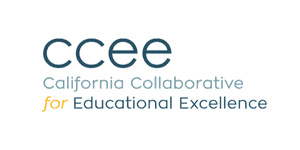
UDL for Site and District Leaders
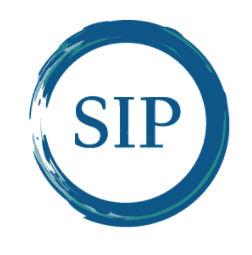
UDL in 30: A Question of Access and Equity for All
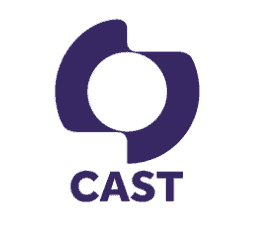
Your UDL Journey: A Systems Approach to Transforming Instruction
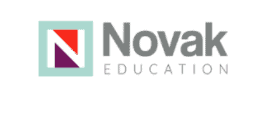
6 Myths About Universal Design for Learning
Determining What Should Be
With a basic understanding of UDL, you and your team should be prepared to start creating/revising a shared vision. The following resources may be helpful in that process.
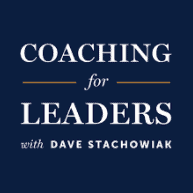
Creating a Shared Vision

Supporting Inclusive Practices
Establishing What Is
There are a variety of tools that you can use to collaboratively assess your organization’s current culture and performance as well as the readiness for implementation of Universal Design for Learning.
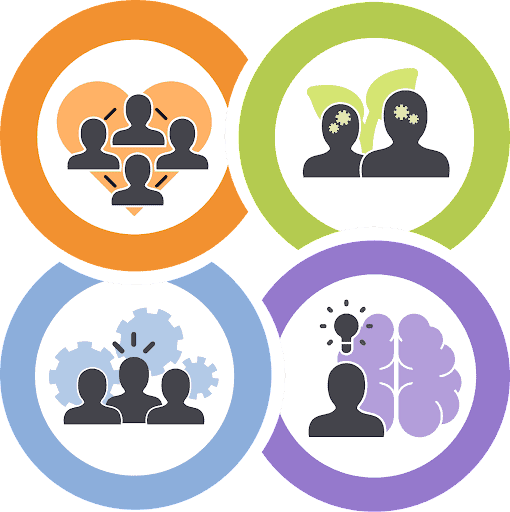
UDL-SICC Readiness Indicators
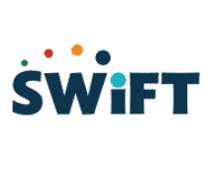
Fidelity Integrity Assessment

UDL-SICC Self Assessment
WORK PLAN
Download a Customizable Work Plan
Enter your information below to download a work plan you can customize to your needs.
UDL School Implementation & Certification Criteria (UDL-SICC) by CAST, Inc. is licensed under CC BY-NC-ND 4.0
UDL-SICC Readiness Indicators by CAST, Inc. is licensed under CC BY-NC-ND 4.0
UDL-SICC Self Assessment by CAST, Inc. is licensed under CC BY-NC-ND 4.0

